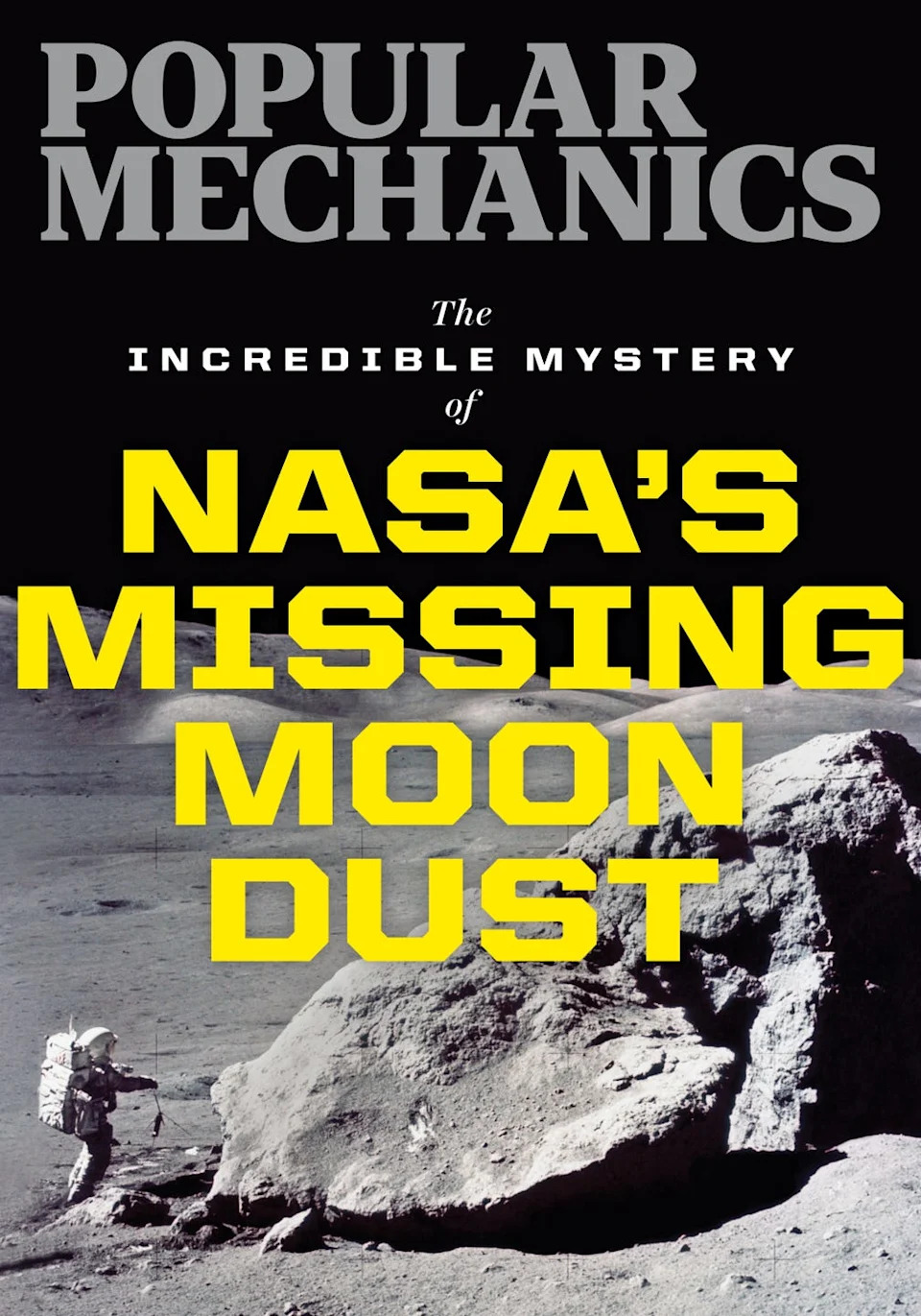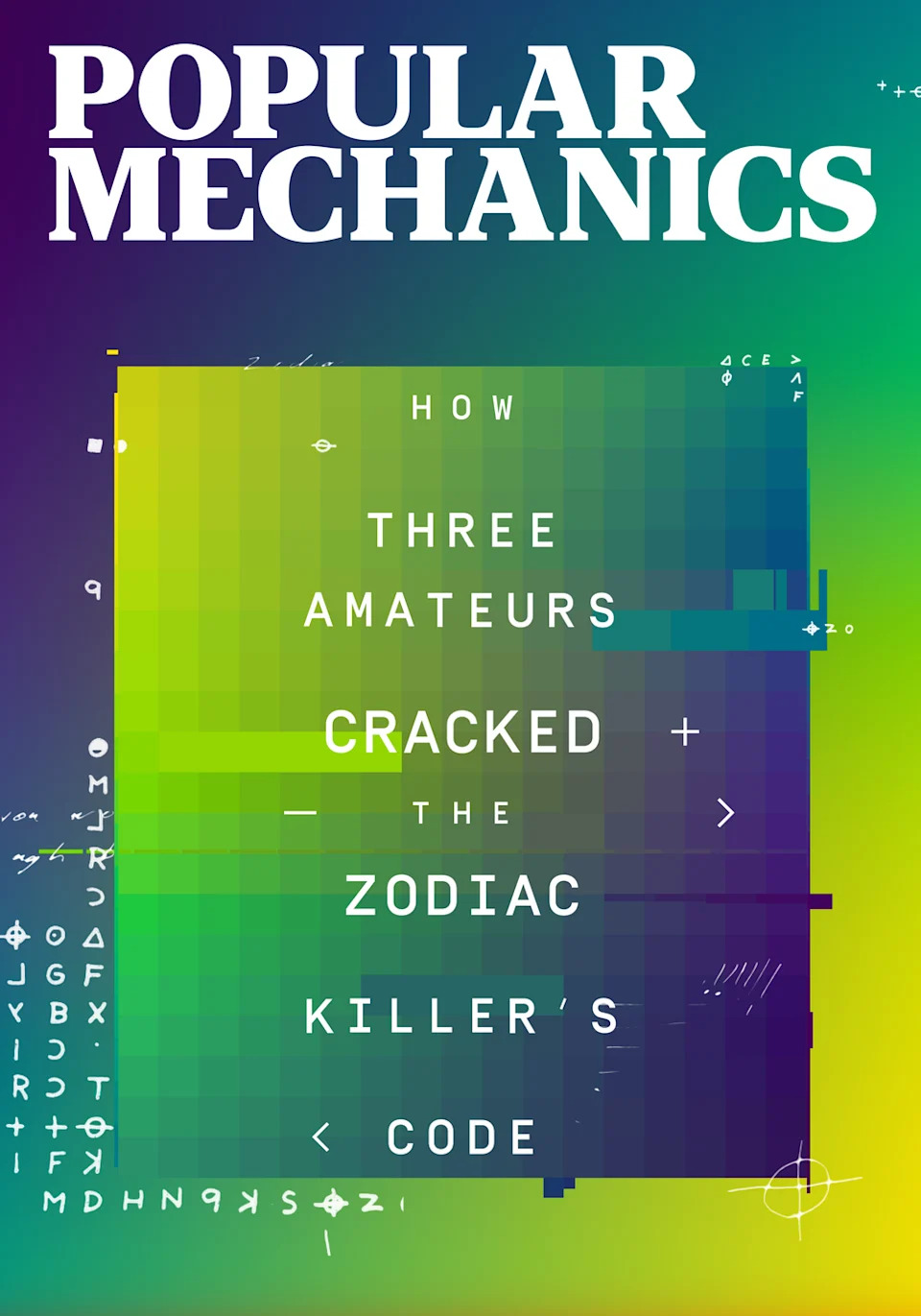
"Hearst Magazines and Yahoo may earn commission or revenue on some items through these links."
Here’s what you’ll learn when you read this story:
The archaeological site at Turkey’s Boğazköy-Hattusha, the former capital of the Bronze Age Hittite empire, is a hotbed of ancient languages.
During excavations of the ruins, archaeologists uncovered a new language written on a tablet detailing a foreign ritual.
Although experts aren’t sure what the specific idiom says, they can confirm that the new language is a member of the Anatolian Indo-European language family.
Today, the ancient city of Hattusha—the capital of the Hittite empire that ruled north-central Turkey in the late Bronze Age (1650 - 1200 BCE)—is a treasure trove of ancient languages.
At the Boğazköy-Hattusha archaeological site, excavations over the past century have uncovered around 30,000 cuneiform tablets detailing the history, traditions, and society of Bronze Age Anatolia. This site is so rich in Bronze Age history that the once-powerful capital became a UNESCO World Heritage Site in 1986.
Although most of the tablets found in Hattusha are written in Hittite—the oldest attested Indo-European language (and the language tree through which English evolved)—many other languages of the region can be found among these cuneiform treasures, including Luwian, Palaic, and Hattic.
However, 2023 excavations at the site revealed a surprising discovery—an entirely new language.
“The Hittites were uniquely interested in recording rituals in foreign languages,” Daniel Schwemer, head of the Chair of Ancient Near Eastern Studies at Julius-Maximilians-Universität (JMU) Würzburg in Germany, said in a press statement.
And hidden in this particular ancient cultic text is a recitation written in an unfamiliar language. According to the archaeologists, the Hittite text refers to an idiom from the language of the land of Kalašma—an area that would’ve lied along the northwestern edge of the Hittite empire’s frontier. Although experts have no idea what this particular cuneiform passage says, they can confirm that the language is a member of the Anatolian Indo-European family, which also includes Luwian, Palaic, and Hittite.
As its name suggests, Indo-European languages make up a large family of languages that encompass many modern countries in Europe and the Indian subcontinent. Most of the languages from these regions can trace their roots back to an original “mother” language (though the Basque language is a head-scratching outlier). Experts believe that the Proto-Indo-European language likely originated around the Black Sea, in what is now southern Ukraine.
On the other side of the Black Sea, evidence suggests that Kalašma lies near modern-day Bolu or Gerede in northwestern Turkey, which is closer to the geographic area in which Palaic was spoken. However, the newly discovered language has more in common with Luwian, a language spoken by people in the southeastern corner of the Hittite empire.
Although only a mere sliver of the Kalašma language is known today, it’s more than likely that more evidence of this long-forgotten tongue is waiting to be discovered somewhere along the vast stretches of Anatolia.









You Might Also Like








Comments